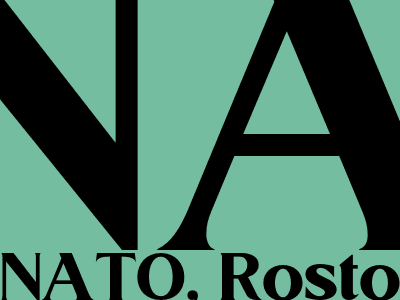
NATO: A History of Unity and Alliance
Formation and Founding Principles
Established in 1949, NATO (North Atlantic Treaty Organization) emerged in the wake of World War II as a military alliance between North American and European countries. Its primary objective was to counter the perceived threat posed by the Soviet Union and its allies in Eastern Europe.
The founding principles of NATO are enshrined in the North Atlantic Treaty, signed in Washington, D.C. These principles include safeguarding the territorial integrity and political independence of member states through collective defense and promoting democratic values and principles.
Article 5 and Collective Defense
A cornerstone of NATO's framework is Article 5 of the North Atlantic Treaty, which defines the principle of collective defense. This article states that an attack on one member state is considered an attack on all members, triggering a collective response.
Expansion and Evolution
Since its inception, NATO has undergone several rounds of expansion, reflecting changes in global geopolitical dynamics. New members have been admitted over the years, including countries from Eastern Europe, the Balkans, and the Baltic states.
NATO has also evolved its mission and strategies to address emerging security challenges, such as terrorism, cyber warfare, and hybrid warfare. The organization has adapted to new threats while maintaining its core commitment to collective defense.
Relations with Russia and Ukraine
NATO's relationship with Russia has been strained in recent years, particularly following Russia's annexation of Crimea in 2014 and its support for separatists in eastern Ukraine. NATO has condemned Russia's actions and imposed sanctions in response.
The ongoing conflict in Ukraine has highlighted the importance of NATO's collective defense commitments and its role in maintaining stability in Europe.
Future of NATO
The future of NATO is uncertain and subject to geopolitical developments and emerging security challenges. However, the alliance remains committed to its core principles of collective defense, promoting democratic values, and ensuring the security of its member states.
Conclusion
NATO stands as a vital alliance that has played a pivotal role in maintaining peace and security in the North Atlantic region for over seven decades. Its collective defense commitments, evolving mission, and adaptability to new threats ensure its continued relevance in the face of evolving global security challenges. The organization remains a cornerstone of Euro-Atlantic security and a symbol of unity among its member states.